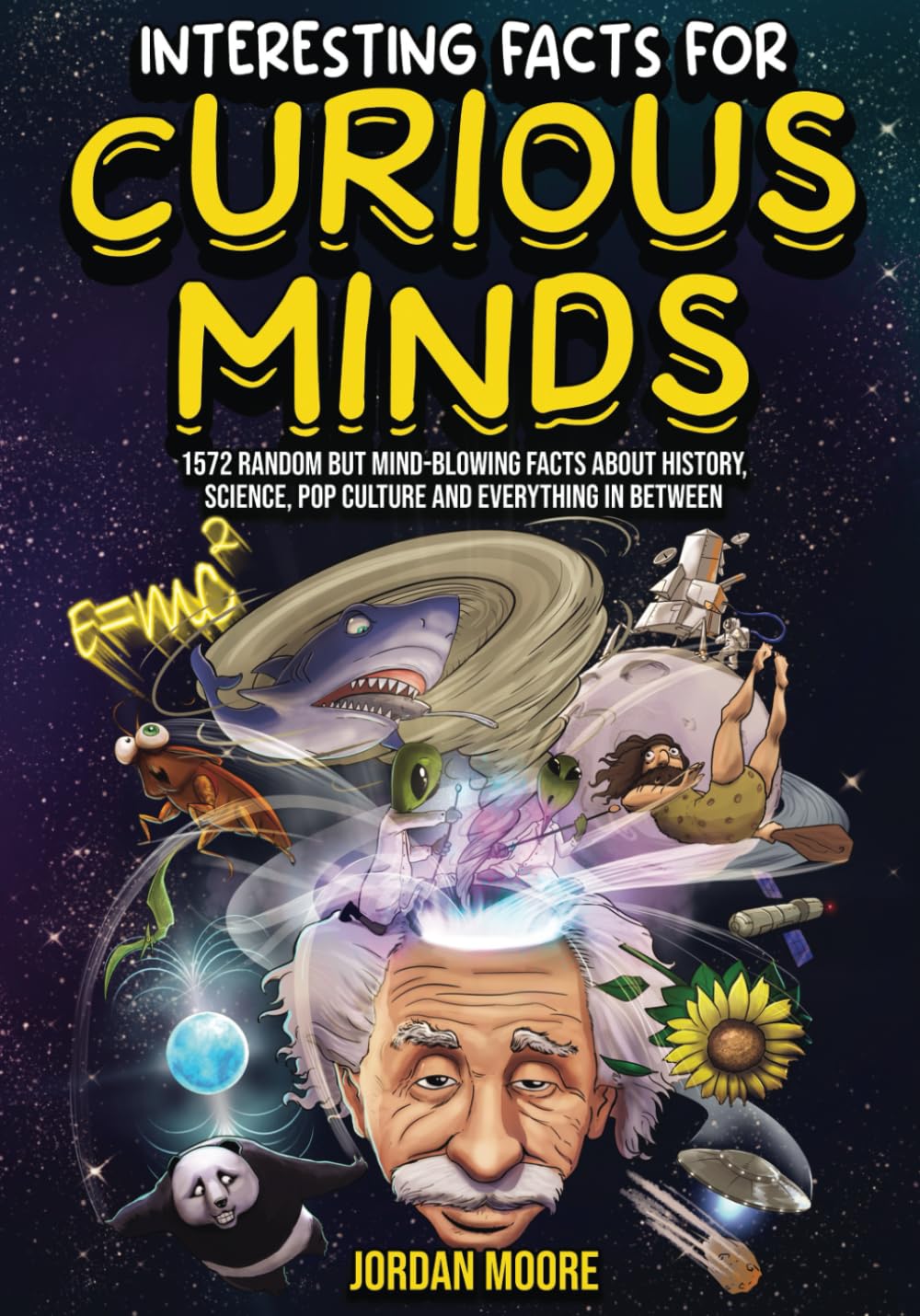
Interesting Facts For Curious Minds: 1572 Random But Mind-Blowing Facts About History, Science, Pop Culture And Everything In Between
Eagle Eyes
byEagle Eyes represent one of nature’s most remarkable adaptations, especially seen in birds of prey. Raptors such as eagles, hawks, and owls are known for their exceptional vision, which allows them to spot prey from incredible distances. Their eyesight is so sharp that it’s often said to be as keen as an eagle’s eyes, a phrase that has become synonymous with acute vision. Birds have evolved to rely heavily on their vision for hunting and navigation, and this ability sets them apart from many other species. Raptors’ sharp eyesight is complemented by their strong talons and powerful beaks, making them highly skilled hunters in the animal kingdom. This combination of traits has allowed raptors to thrive in various ecosystems, from forests to deserts, and their presence in nature is a testament to the specialized adaptations that make them such successful predators.
Birds, in general, have fascinating adaptations that make them unique among animals. They are warm-blooded like mammals, but they also have feathers instead of fur, which provides insulation and aids in flight. Additionally, unlike mammals that give birth to live offspring, most birds lay eggs, which is a key factor in their reproductive process. With over 16 million people in the United States alone owning at least one bird as a pet, birds have become a popular choice for companionship. Among pet birds, parakeets are particularly well-loved, with around 115 species available for those looking for a colorful and active pet. These small, social birds bring joy to many homes, but their presence in the wild also plays a crucial role in ecosystems, from seed dispersal to controlling insect populations.
The diverse variety of birds extends beyond the familiar domestic types, with species like the albatross and penguins displaying unique characteristics suited to their environments. The albatross, known for its exceptional gliding ability, is adapted to long-distance flight, especially over open oceans where wind currents are favorable. Meanwhile, penguins, perhaps the most famous flightless birds, have evolved to thrive in cold climates, using their wings for swimming rather than flying. Penguins are one of approximately 60 species of flightless birds, which also include ostriches, emus, and kiwis. These flightless birds have adapted to their environments in different ways, often growing strong legs for running or swimming, compensating for their lack of flight. Each bird species’ adaptation to its environment showcases the incredible variety within the bird kingdom, illustrating how different species have evolved in response to their specific habitats.
In terms of evolutionary history, birds are directly descended from theropod dinosaurs, making them the modern descendants of these ancient creatures. The archaeopteryx, which lived around 150 million years ago, is often considered one of the earliest examples of a bird, although it had characteristics of both dinosaurs and birds. This transitional species highlights the evolutionary steps that led to the development of modern birds, with feathers likely evolving from the need to regulate temperature and assist in flight. Today’s birds are considered to be the closest living relatives of crocodilians, further emphasizing the deep evolutionary connections across species. As scientists continue to study fossils and genetics, the understanding of how birds evolved from ancient reptiles becomes clearer, shedding light on the long history of life on Earth and how it continues to shape the species we see today.
While birds of prey like eagles and hawks captivate with their hunting prowess, other species, like the Andean condor and flamingos, are known for their unique behaviors and ecological roles. The Andean condor, with its enormous wingspan, is the largest flying bird in the world, capable of soaring high in the sky without expending much energy. Condors play a crucial role in their ecosystems as scavengers, helping to clean up animal carcasses and maintain a healthy environment. Flamingos, with their vibrant pink feathers, are known for their fascinating courtship rituals, in which they engage in synchronized dancing and mate for life. These behaviors contribute to the complex social structures that birds form, often involving intricate communication and cooperation. The diversity of bird species, from the tiny bee hummingbird to the towering ostrich, demonstrates the vast range of adaptations that have allowed birds to thrive in nearly every environment on Earth.
In conclusion, the world of birds is one of incredible variety, showcasing how evolution has shaped these creatures to meet their specific needs. From the sharp vision of eagles and hawks to the elegant courtship rituals of flamingos, birds continue to captivate and inspire. Their ability to adapt to various environments, from the icy shores of Antarctica to the warm climates of the tropics, is a testament to the resilience and flexibility of life on Earth. Whether soaring through the sky, swimming in the ocean, or simply sitting in a cage as a pet, birds play an important role in ecosystems and human culture. The study of birds, their behaviors, and their evolution continues to fascinate scientists and nature enthusiasts alike, offering endless opportunities for discovery and appreciation.

